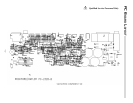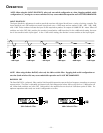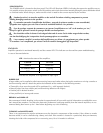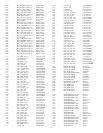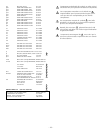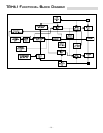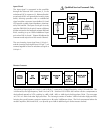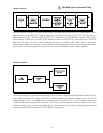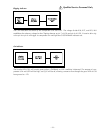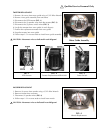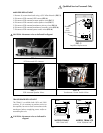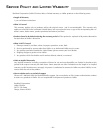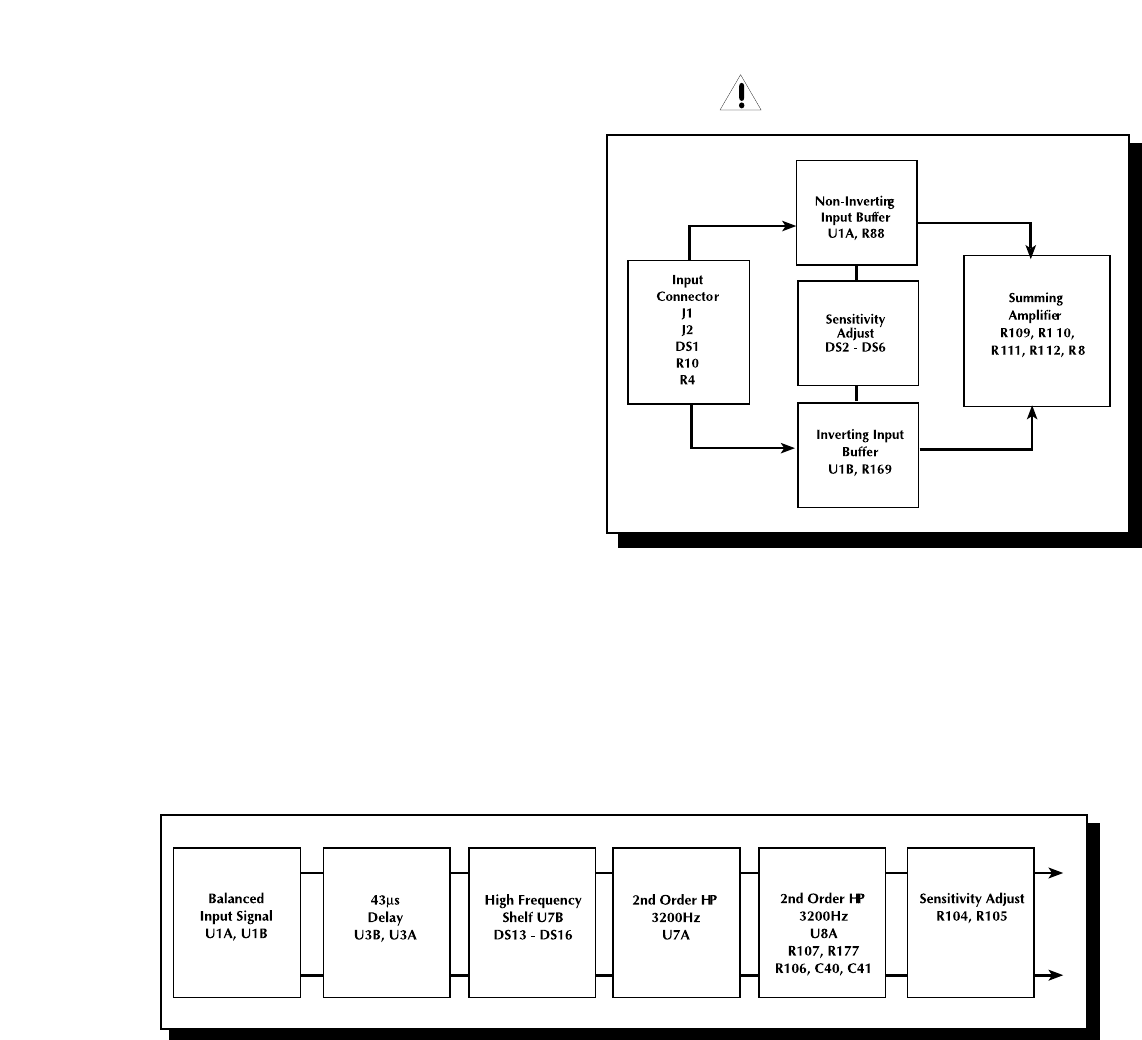
The input signal is connected to the amplifier
through the balanced XLR connector J1, or the
unbalanced RCA connector J2. Balanced/unbal-
anced switch DS1 will ground the inverting input
buffer, allowing operation with an unbalanced
signal on either connector. Input buffers U1A and
U1B provide a stable input impedance, dominat-
ed by R10 and R4. The input circuit gain is set by
switches DS2-DS6. Each switch inserts a different
divider resistor for the feedback resistors R88 and
R169, resulting in up to 15dB of additional input
gain when DS6 is closed. Trimpot R8 adjusts the
common-mode-rejection of the woofer channel.
The non-inverting input signal from U1A pin 1,
and the inverting input signal from U1B pin 7, are
summed together to form an unbalanced signal at
U4A pin 1.
Input Circuit
Tweeter Crossover
The balanced input signal at U1A pin 1 and U1B pin 7 connects to a 2-stage 39µs delay, using U3A and U3B. This
is followed by the high-frequency shelf circuit at U7B. Switches DS13-DS16 add various reactive components to
the feedback network of U7B, resulting in +4dB, +2dB, -2dB, or -4dB of gain shelving above 5kHz. The next stage
at U7A is a 3.2kHz 2nd order high-pass filter. The last stage consists of another 3.2kHz 2nd order high-pass filter,
bringing the overall tweeter crossover response to a 4th order 24dB/octave slope. The final components before the
tweeter amplifier (R104 and R105 ) can provide up to 2dB of additional gain to the tweeter channel.
– 21 –
Qualified Service Personnel Only



